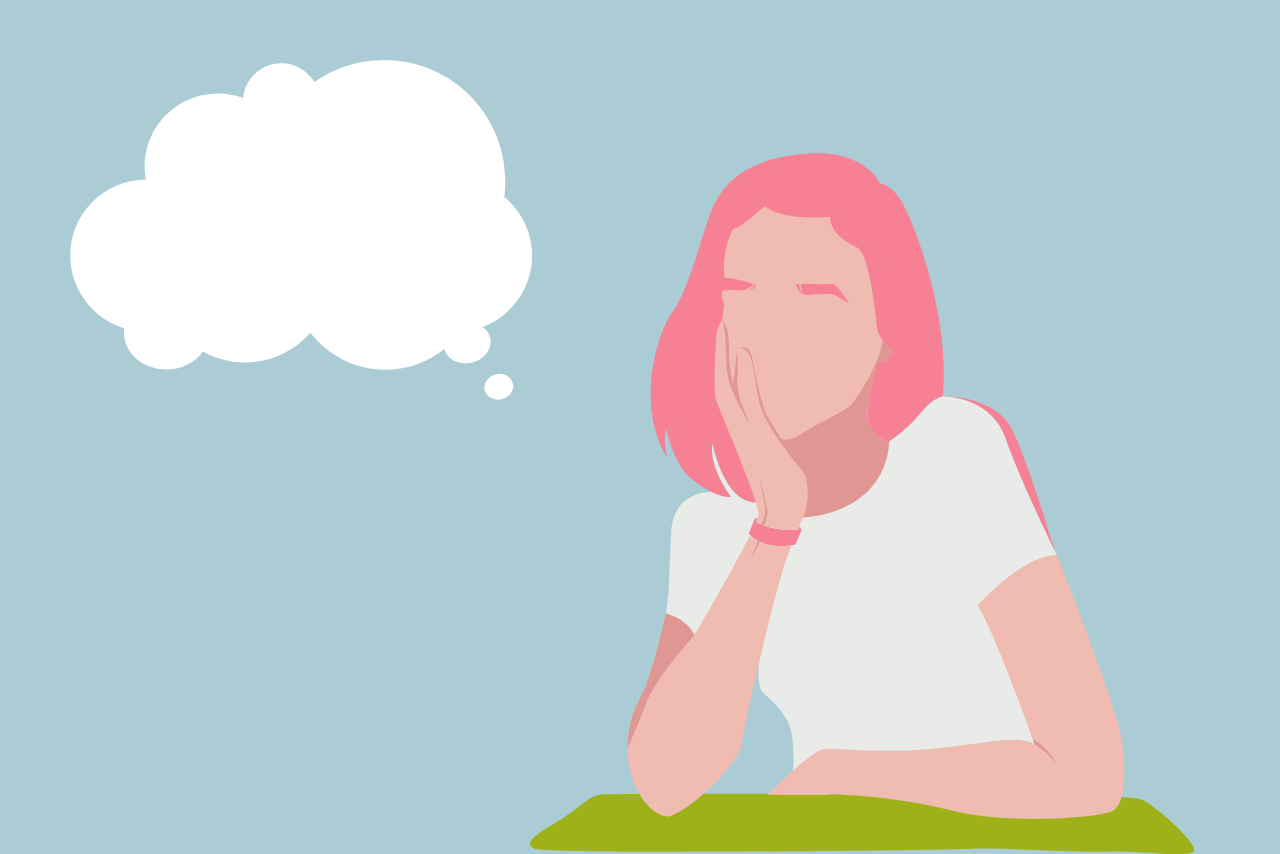Do you ever feel stuck whenever you’re working on an assignment, writing a paper, or studying for a big test? Do you get writer’s block? Feel a wave of fatigue? Procrastinate? Or just feel tired and say, “let me just take a break,” and then that break turns into three hours of not getting that assignment done, or do you just end up getting distracted? Well, all of this could potentially be avoided or solved by simply taking a quick break.
Now you may be wondering, how does spending less time working or studying help me get more things done or help me retain information?

When you are working and thinking, your prefrontal cortex is the part of your brain doing all the mechanisms. It is responsible for focusing and attention, logical thinking, executing functions, using willpower; cognitive and impulse control, and engaging some memory. In simple terms, you have a goal in mind (studying, writing, understanding) and your prefrontal cortex helps you execute and focus on this goal. So if you were a machine like a printer, your goal would be to print papers based on the instructions received from the device that sends them, but naturally when overusing it can heat up and lag. So it needs to be repowered or given time to cool off, today printers have a sleep mode and that is like the break that the human needs. You aren’t sleeping and turned off, but rather still use the printing but at a lower power mode. Conversely, you are not a machine that can go on and on like a printer and your break needs some more substance and depth because humans have emotions and they need to be considered for efficient results.
They say laughter is the best medicine, and in this case, they are right. Taking that break can help your ability to concentrate, pivot your perspective, focus on details, understand complex concepts, or even boost creativity.
So how do you take a purposeful break?
Here are some DO’s and DON’Ts.
Your break can go anywhere between a few seconds to an hour based on what you need and the time you have. As long as the activity you do helps break up the mundane routine, boredom, or monotonous task at hand. Harvard Business Review says that how you spend your break should either, get your body moving, connect with other humans, challenge your brain with something different, get creative juices flowing, or nourish your body and mind. We often turn to our technological devices when taking a break, which also works but that should not necessarily consist of scrolling through social media. The whole point of this break is so that you feel refreshed and re-energized so that you re-approach your material with a new perspective or with more motivation. Therefore, things like social media may provide a distraction but it does not help your body revive itself. It overloads your prefrontal cortex that is involved in making decisions, mindless actions such as do I like the photo, what do I think of this product, is this news happening, which additionally can contribute to negative emotions and increase stress. Therefore, simply breathing or walking around your room may be more effective. However, if you aren’t able to step away from your screen, things like listening to a song and singing along, giving yourself a quick dance shimmy, playing a quick video game, or speaking on the phone, can engage your other sensors and help reduce stress.
Here are some methods of how to take breaks:
- The Ultradian Rhythm: Every ninety minutes take a twenty-minute break
- Because this goes with our sleep cycle, it’s great for long-term focusing. Professor K. Anders Ericsson studied musicians and athletes and found that the best performers practiced no more than ninety minutes.
2. The 20-20-20: Every twenty minutes, look away for twenty seconds, somewhere twenty feet away (six meters)
- This method helps against eye strains, it makes you blink, and rehydrate your vision
3. Pomodoro Method: Take a five-minute break after twenty-five minutes of work
- After four consecutive rounds take a longer thirty-minute break, this will help you get rid of distractions because your sessions are short to make quick decisions and help you prioritize things.
4. The 52-17 minutes: Work for fifty-two minutes and break for seventeen minutes
- This method helps you work with purpose because you have a long enough period to get things done, and an amount of time to rest and refuel.
Other things you can do during your break:
Take a walk, smell the outside, doodle, get creative, read fiction, listen to music, have a mini dance break, socialize, 15-20 power nap, make a snack or tea/coffee, look at cute animal pictures, let your mind wander, daydream, stare in open space, hydrate your body and mind, meditate, breathe.
Now that you are more of a break expert, how do you know what kind of break to take at a given moment?
Well, think about your circumstance; Where are you? How long do you have? Why are you taking this break? What kind of emotion do you want to feel?
The University of North Carolina at Chapel Hill suggests:
For motivation – consider something with movement
For productivity – consider engaging other parts of your brain
For creativity – consider a change of scenery, going outside
But also remember if you’re in that state of flow, if your concentration feels easy, or if you’re enjoying what you are doing, then keep doing what you’re doing. It means you’re feeling inspired and you are in your zone. Even though a little break can never hurt, consider them strategically!



